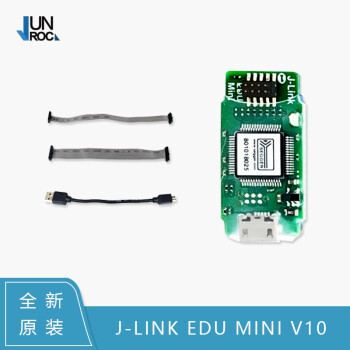

Supports most major IDEs, including Keil, IAR Atmel Studio, Crossworks for ARM.Support GDB-based debugging and flash programming on Linux, Windows and the Mac via the free GDB Server.It's toolchain, IDE and vendor neutral, so you only need to buy one tool for all of your ARM needs and be done with it forever:.It support both JTAG (ARM7/9/11) and SWD (ARM Cortex), and has you covered for any core: ARM7/9/11, Cortex-A5/A8/A9, Cortex-M0/M0+/M1/M3/M4, Cortex-R4.It's USB based and uses a high-speed MCU internally, not an FTDI convertor like most low cost debugger.Of the dozens (and dozens!) of debuggers out there (we have literally drawers full of them!), we chose the J-Link for a number of reasons: Essentially, it's a direct window into what's going on inside your MCU at any given moment, giving you a level of access and control that's not easy to replicate with other debugging methods.

It allows you to program your devices at the click of a button, read or write memory addresses or registers on a live system, temporarily halt program execution at a given location or condition, and much more. On the other hand if you're making money, or plan to make money off your project, go and pick up the SEGGER J-Link BASE - JTAG/SWD Debugger.ĭoing some serious development on any ARM-based platform, and tired of 'printf' plus an LED to debug?Ī proper JTAG/SWD HW debugger can make debugging more of a pleasure and less of a pain. If you're going to use your debugger strictly for personal, non-commercial projects, such as publishing open source designs that you're not selling, then you should get this EDU version! It's the same but significantly cheaper. The SEGGER J-Link EDU is identical to the more expensive J-Link BASE model except for the terms of use.


 0 kommentar(er)
0 kommentar(er)
